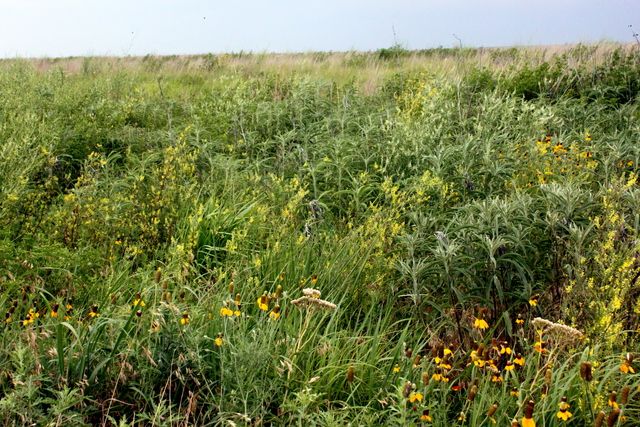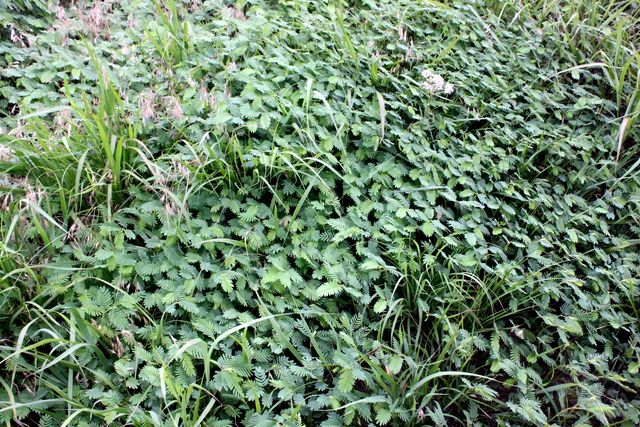M. R. Byrd
Well-known member
Occasionally I reminisce about wildlife at the Ponderosa over the years. The high year for pheasants was around 1960 and the numbers have never approached close to those highs since. I believe the reasons for the high was the Soil Bank program, smaller fields, more fence rows, more weeds due to less effective weed control, more waste grain due to less efficient harvesting and more insects due to more weeds and less insecticide use.
There was an abundance of pheasants in the 1960 time frame and even bag limits was raised to five with one of those allowed to be a hen. There were a few quail, but not many. No deer at all. No turkey at all.
Around 1985 was an extremely low point for the critters here. Unlimited hunting allowed by a farm tenant over many years and farm practices had taken a toll. A Christmas hunt over a three day period with four inches of level snow on the ground found only one rooster pheasant and three quail and no signs of tracks in the snow. Pretty much every acre of the farm was covered over those three days. Of course no birds were shot.
After 1985 a change in the farm operation and CRP has been responsible for the rebound of the birds. There have been some really rough spots like the recent prolonged drought. I currently manage the farm with wildlife being the top priority. It certainly is not the way to make money on the farm, but as long as I can operate this way I will. Wildlife conservation is expensive and it takes dedication to the cause. There are few that are willing to do it. I know there are members of this forum that go that extra mile for wildlife and I applaud you.
There was an abundance of pheasants in the 1960 time frame and even bag limits was raised to five with one of those allowed to be a hen. There were a few quail, but not many. No deer at all. No turkey at all.
Around 1985 was an extremely low point for the critters here. Unlimited hunting allowed by a farm tenant over many years and farm practices had taken a toll. A Christmas hunt over a three day period with four inches of level snow on the ground found only one rooster pheasant and three quail and no signs of tracks in the snow. Pretty much every acre of the farm was covered over those three days. Of course no birds were shot.
After 1985 a change in the farm operation and CRP has been responsible for the rebound of the birds. There have been some really rough spots like the recent prolonged drought. I currently manage the farm with wildlife being the top priority. It certainly is not the way to make money on the farm, but as long as I can operate this way I will. Wildlife conservation is expensive and it takes dedication to the cause. There are few that are willing to do it. I know there are members of this forum that go that extra mile for wildlife and I applaud you.


